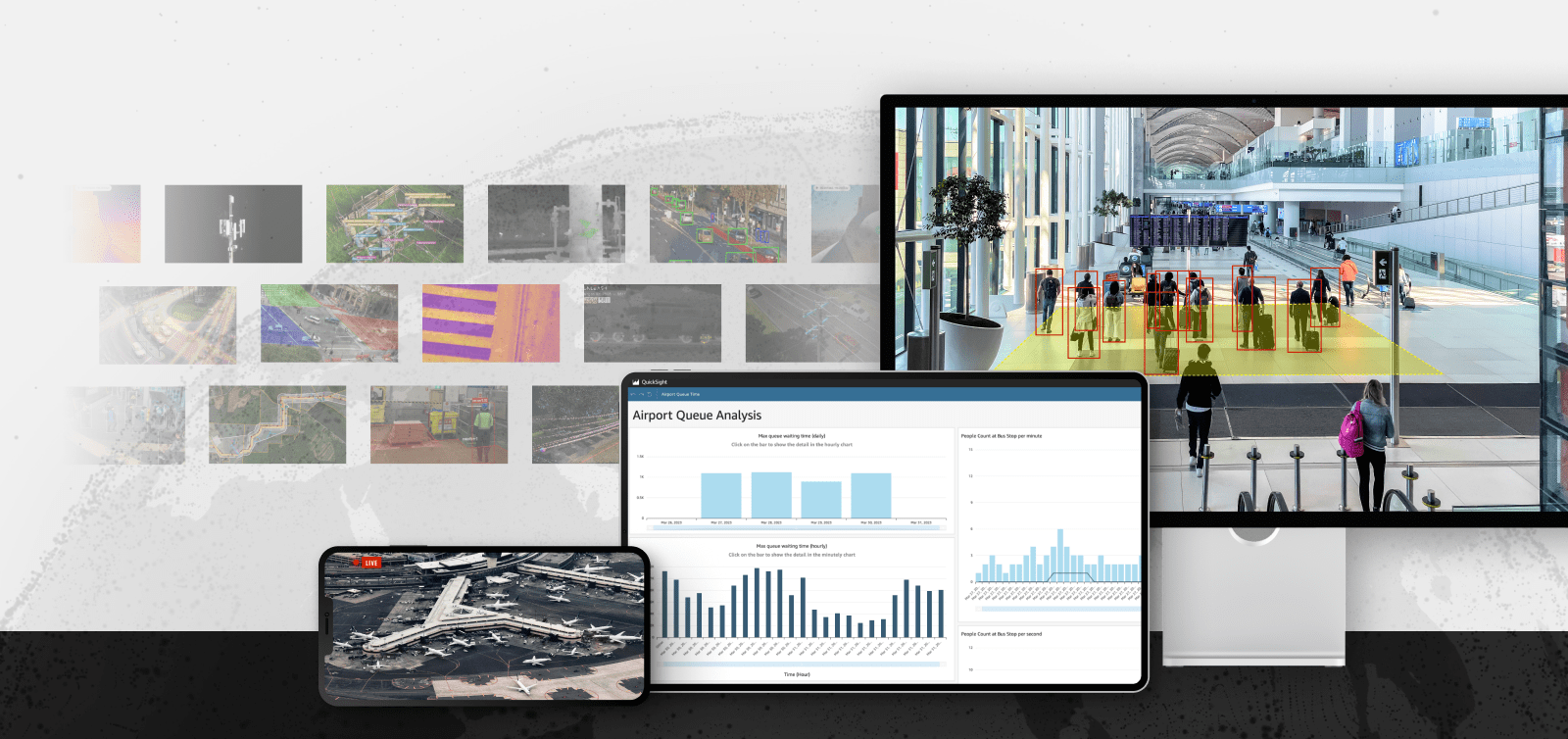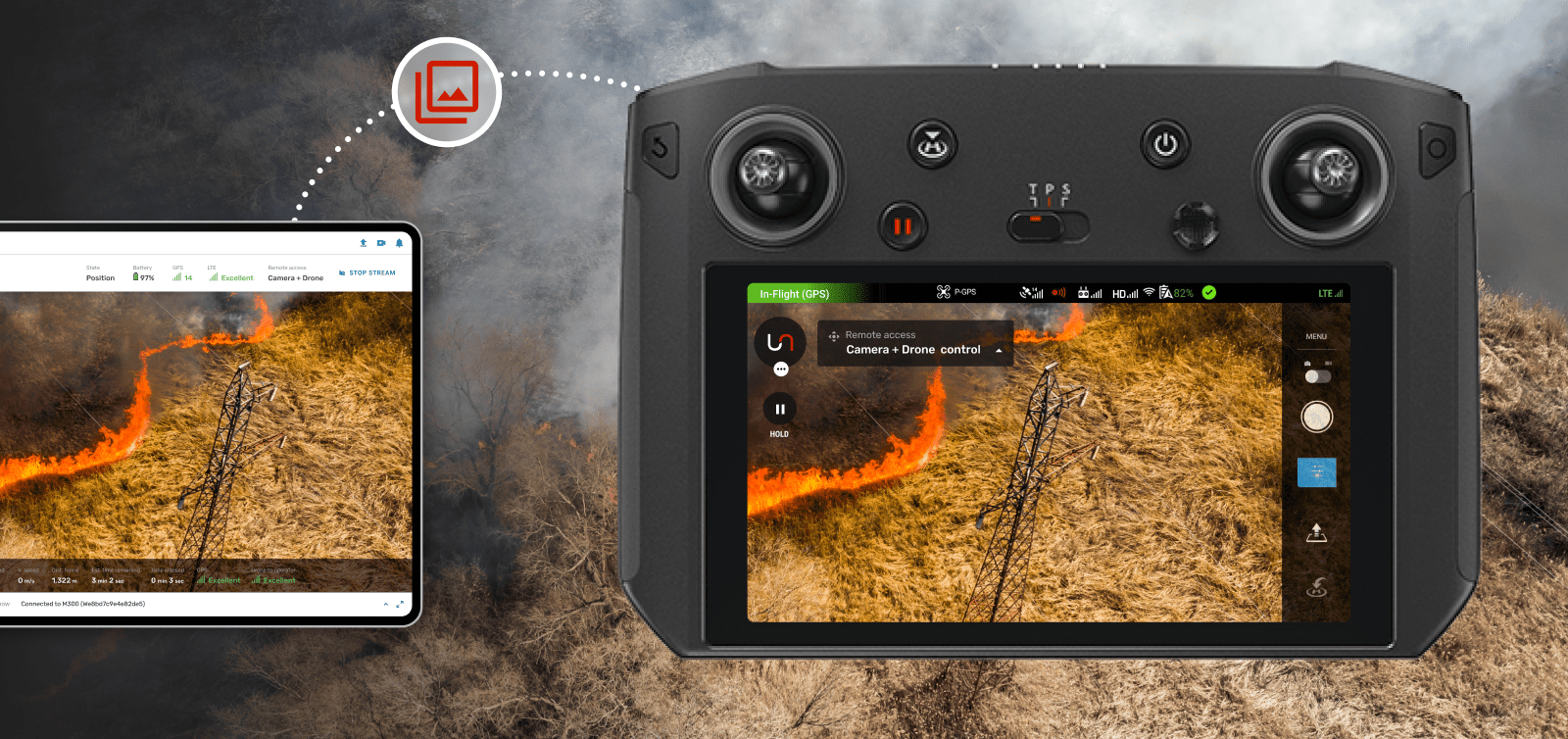Visual Management Systems (VMS) have come a long way since the analog CCTV systems of the late 20th century. With the advent of digital recording and networking, VMS now facilitates real-time monitoring, event detection, and video analytics with advanced features such as facial recognition, object tracking, and integration with other security systems.
VMS is integral to airport operations, ensuring safety, efficiency, and compliance. It aids in incident management, maintenance, and investigation, promoting safety, streamlining operations, and supporting efficient facility management.
And although this is good in theory, hardware-based VMSs have hit their practical limits in practice. They are simply not dynamic enough to handle the complexities of modern airports. As airports strive to enhance efficiency, streamline processes, and improve overall operations, innovative solutions like Unleash live's cloud-based computer vision software are revolutionizing the industry.
Unlike traditional hardware-based systems such as Genetec and Milestone, cloud-based computer vision offers a transformative approach, enabling airports to leverage real-time insights and automation.
Why Cloud-Based Computer Vision?
By leveraging existing cameras, airports can harness the power of computer vision to enhance operational efficiency, streamline processes, and ultimately improve the overall passenger experience in a multitude of ways:
Improved Situational Awareness
Real-time computer vision provides airports with invaluable situational awareness, enabling them to monitor and analyze critical areas throughout their facilities. By leveraging existing camera hardware infrastructure, cloud-based solutions like Unleash live can tap into the existing network without additional capital expenditures. This approach allows airports to maximize their investments in data analytics capabilities while gaining real-time insights that empower them to respond quickly and proactively, ensuring efficient and cost-effective operations.
Enhanced Staff Efficiency
Airport staff face the challenge of managing complex operations and ensuring smooth passenger flow. Real-time computer vision, powered by Unleash Live's data analytics capability, empowers airport staff by providing access to real-time data. By utilizing existing camera hardware, airports can gather insights into passenger flow patterns, identify bottlenecks, and effectively allocate staff resources. This improved staff efficiency leads to streamlined processes, reduced wait times, and an enhanced passenger experience.
Optimal Resource Allocation
Efficient resource allocation is pivotal for airport operations. Cloud-based computer vision allows airports to analyze and optimize resource allocation. Real-time data analytics provided by Unleash live allows airports to identify areas of inefficiency, such as overcrowded areas or underutilized resources. This insight enables airports to make data-driven decisions, allocate resources more effectively, and reduce operational costs.
Enhanced Safety and Security
While prioritizing passenger safety, a cloud-based computer vision solution complements existing security measures without infringing on personally identifiable data. Airports can gain real-time insights into potential safety and security risks. For instance, the solution can analyze crowd density, detect objects blocking emergency exits, or identify unauthorized access to restricted areas. By empowering airport staff with real-time information, airports can respond promptly to threats and ensure a secure environment.
Data-Driven Decision Making
Cloud-based computer vision generates vast amounts of data that can be transformed into actionable insights. Airports can tap into rich data sources and extract valuable information to optimize operational decision-making. Unleash Live's data analytics capability enables airports to analyze historical and real-time data, identify trends, and make informed decisions to improve operational efficiency, resource allocation, and overall performance. The list of applicable use cases for computer vision at Airports is nearly endless!
Airport Curbside to Curbside Computer Vision Use Cases
A wide range of airport use cases are supported by Unleash live's computer vision tools
Hamid Fardoost, Head of Sales & Marketing at Unleash, says, "At any given time, we have multiple use cases that customers want to test and learn from and then immediately operationalize across the business."
A use case can be for any range of cameras, small or large, it is entirely dependent upon the insight looking to be gained. Unleash live works with our customers to prioritize use cases to ensure the focus is on fast and valuable ROI.
3 Steps to Real-time, Consistent & Actionable Insights
Unleash live offers an AI video analytics platform that connects precise observations to better operational action that aids planning, scenario modeling, and operational response teams in three steps;
A typical live analysis workflow
Typically, Unleash live's soft deployments enable customers to test in the cloud, be agile, and learn fast. With operationalization, some customers move the workloads onto their premises, allowing them to manage costs and ultimately get the best of both worlds.
Cloud-based computer vision solutions offer a transformative approach to optimizing airport operations without compromising personally identifiable data, empowering airports with data analytics capabilities, enabling data-driven decision-making and cost-effective operations.
Operational Benefits
By harnessing cloud-based computer vision technology over pure hardware suppliers and utilizing existing airport cameras, there are a plethora of operational benefits:
- Enables efficient crowd management - real-time insights into passenger flow, congestion points, and occupancy levels, enabling operations teams to allocate resources and optimize queues proactively.
- Assists in asset tracking and monitoring - track the movement of equipment, baggage carts, and vehicles, ensuring proper utilization and minimizing delays.
- Aids environmental monitoring and maintenance - detect anomalies like spills, leaks, or damage, alerting maintenance teams for timely intervention.
- Contributes to proactive maintenance - identifies signs of wear and tear, allowing for preventative actions and reducing downtime.
As airports embrace the potential of cloud-based computer vision, they open doors to improved efficiency, enhanced passenger experiences, and a competitive edge within the aviation industry.







